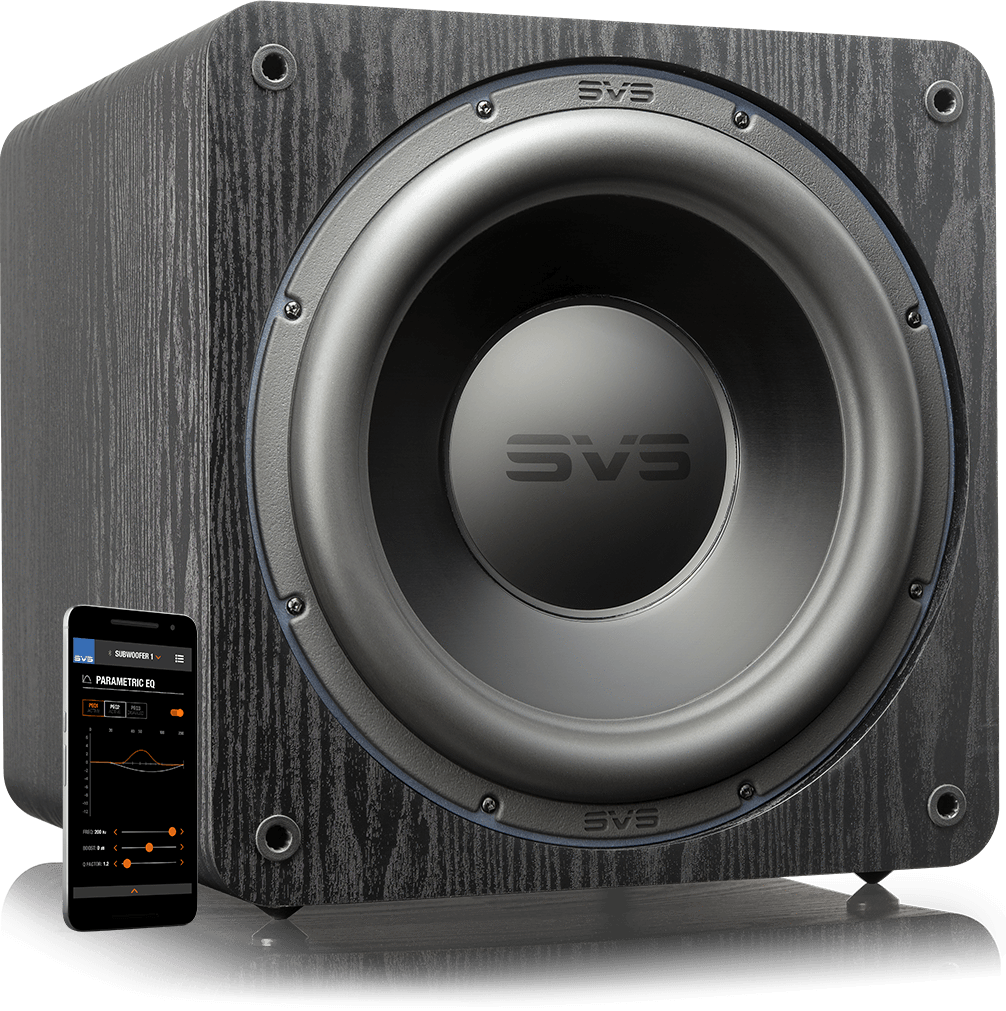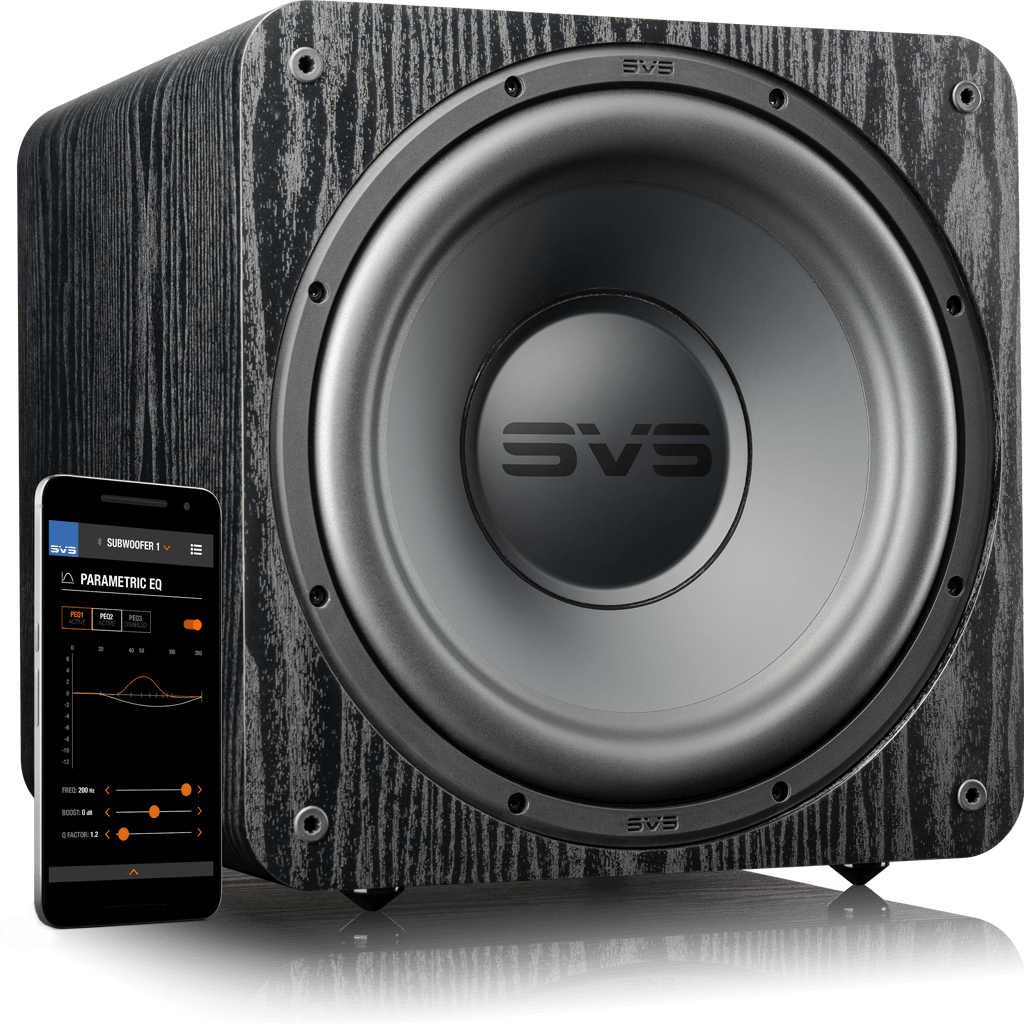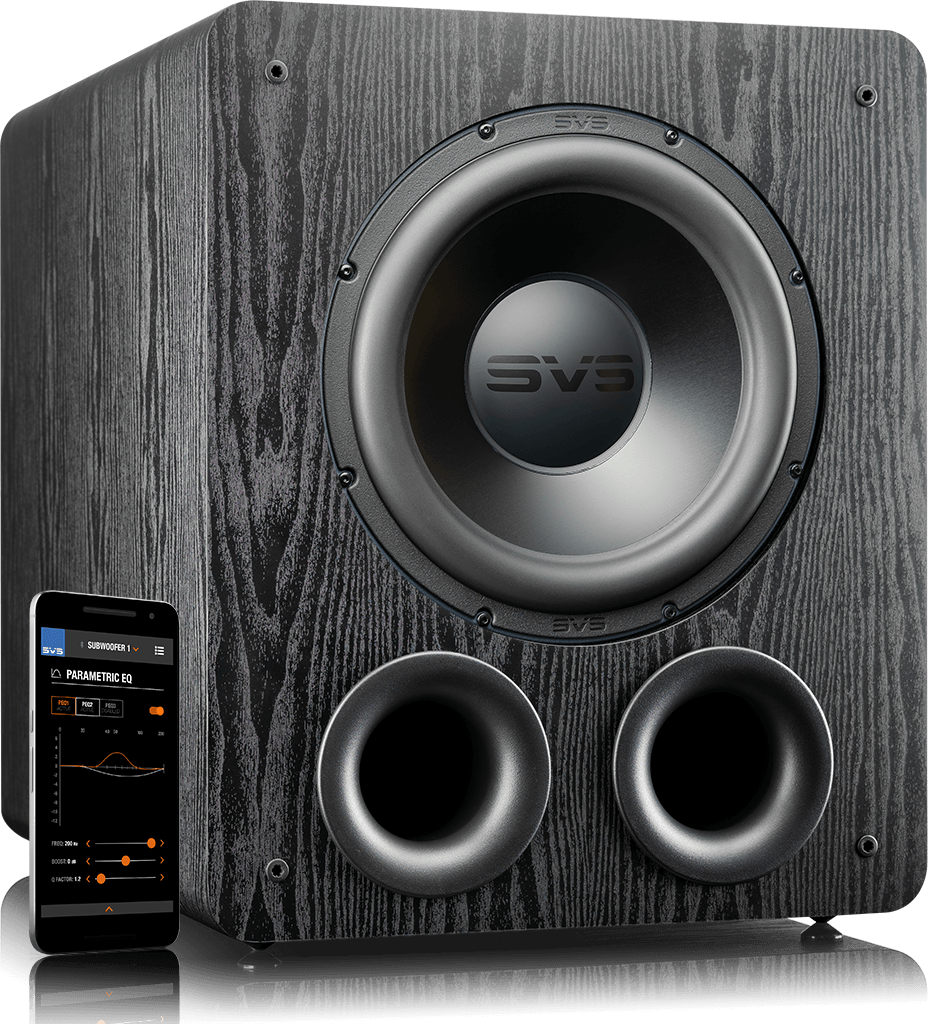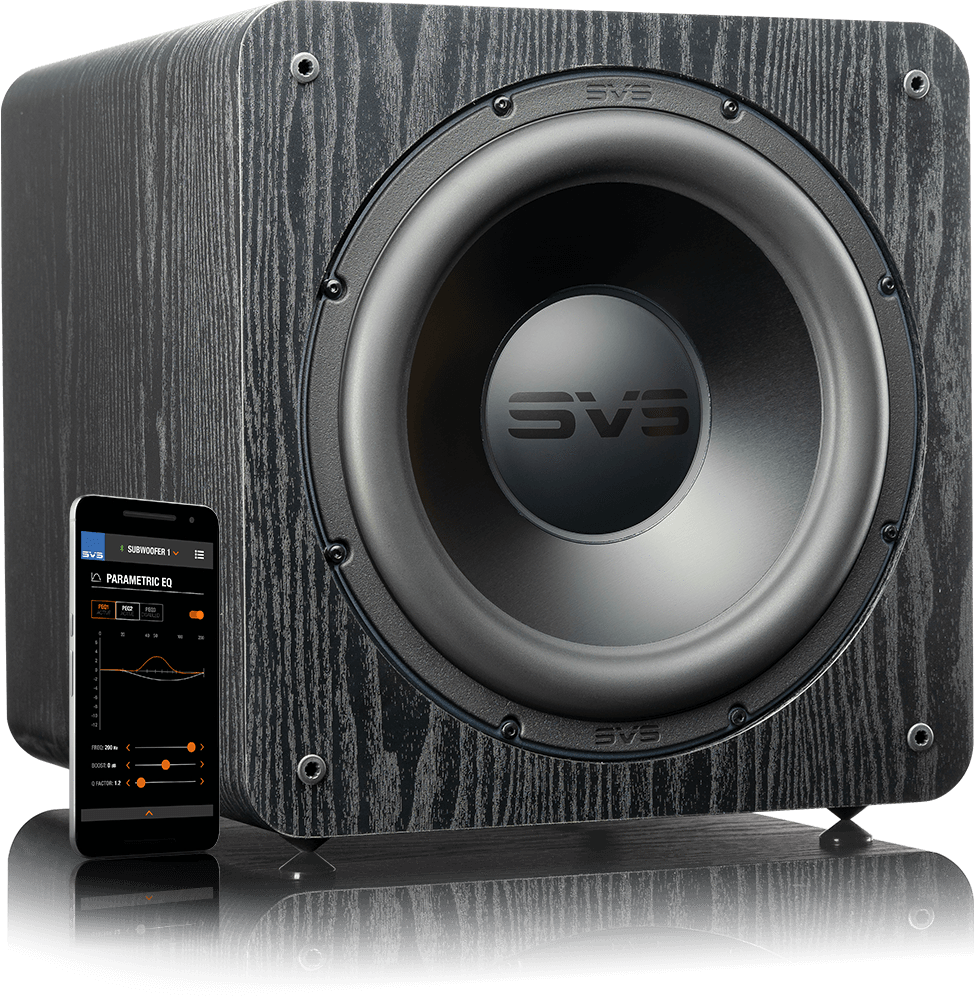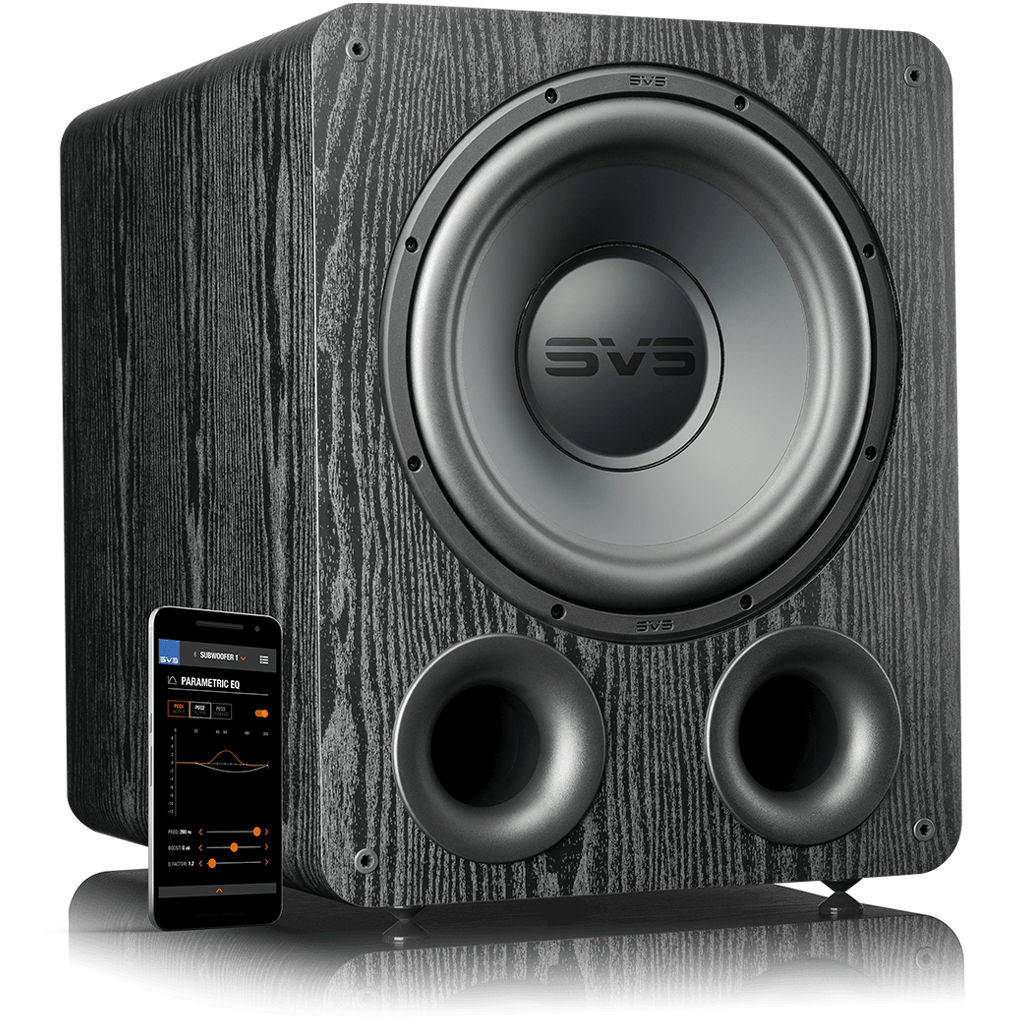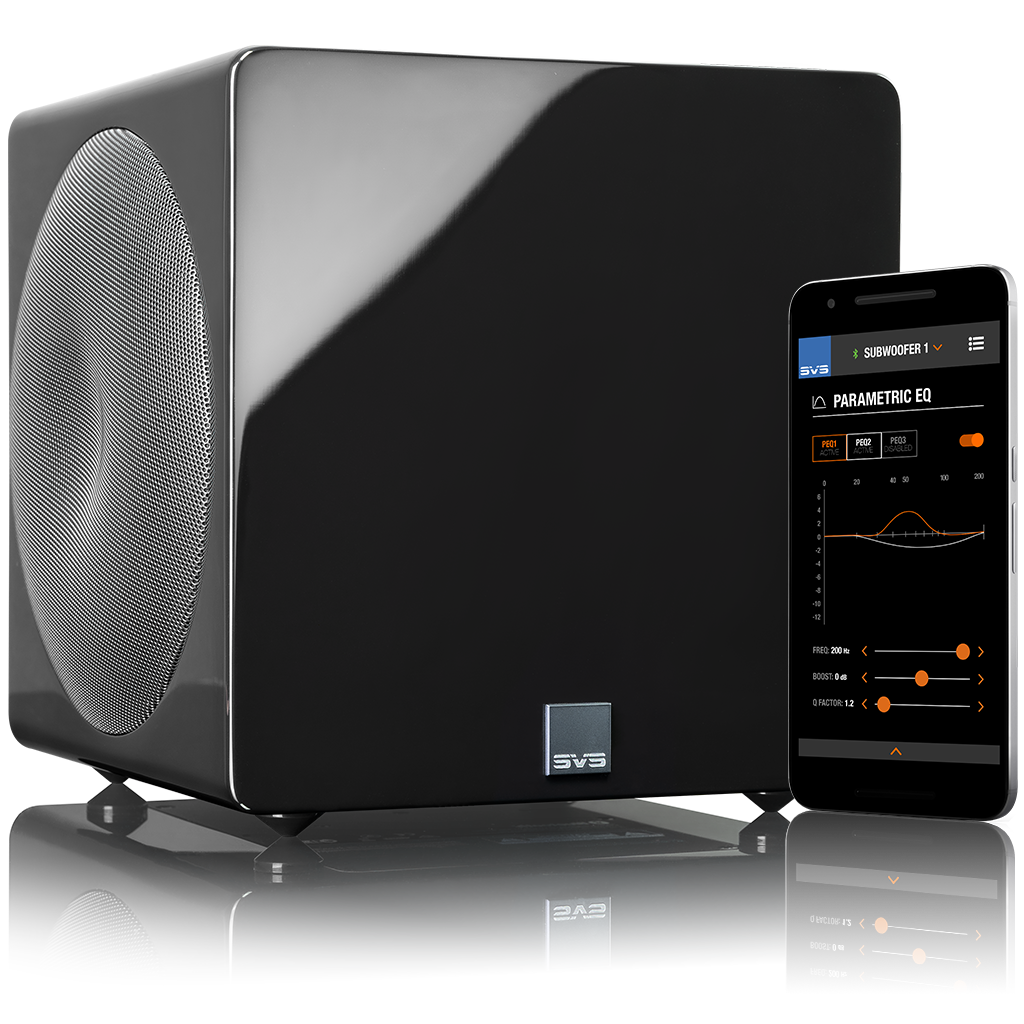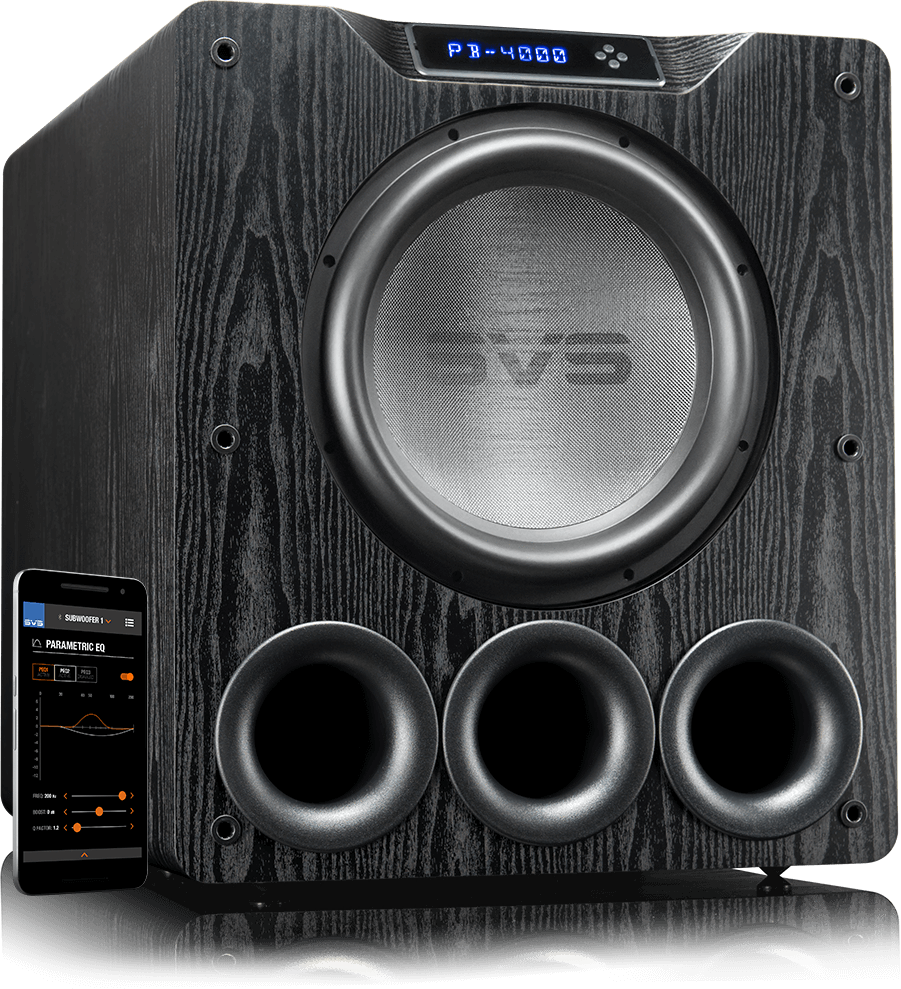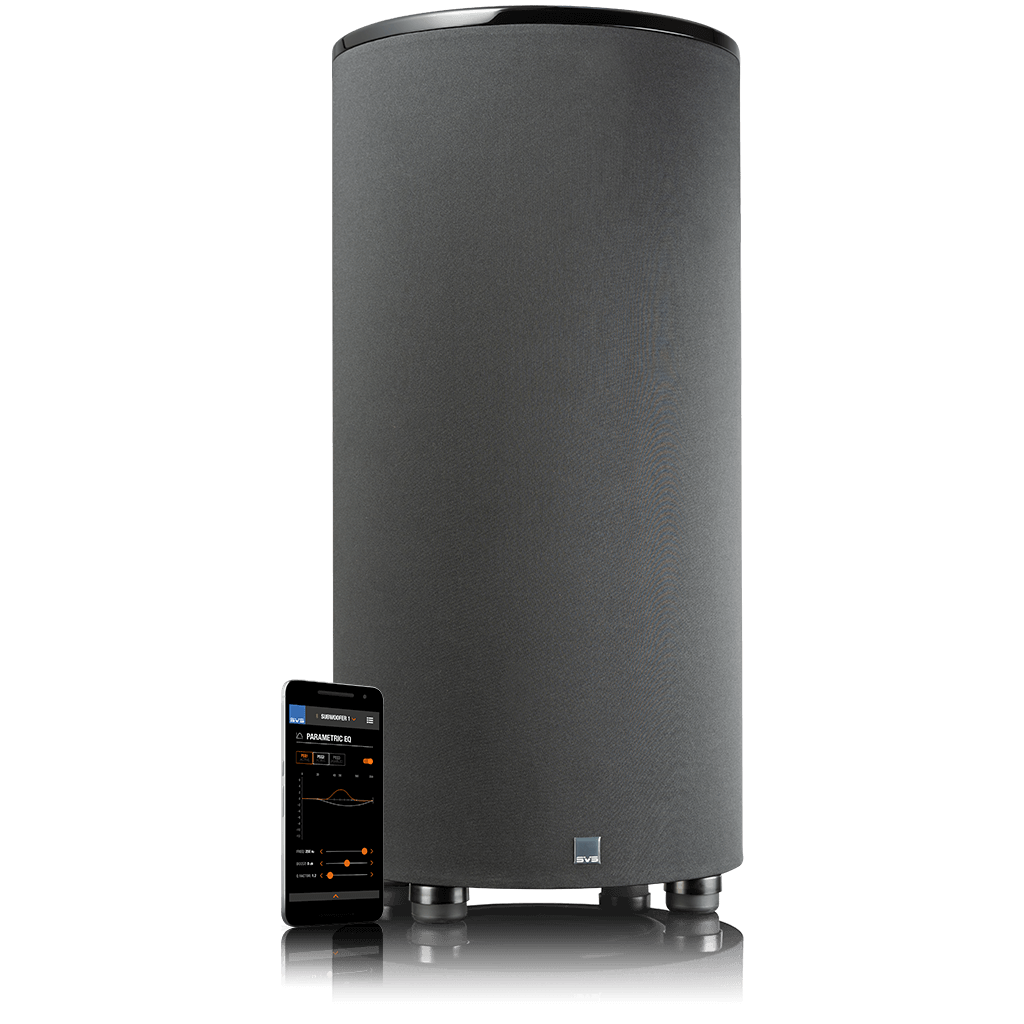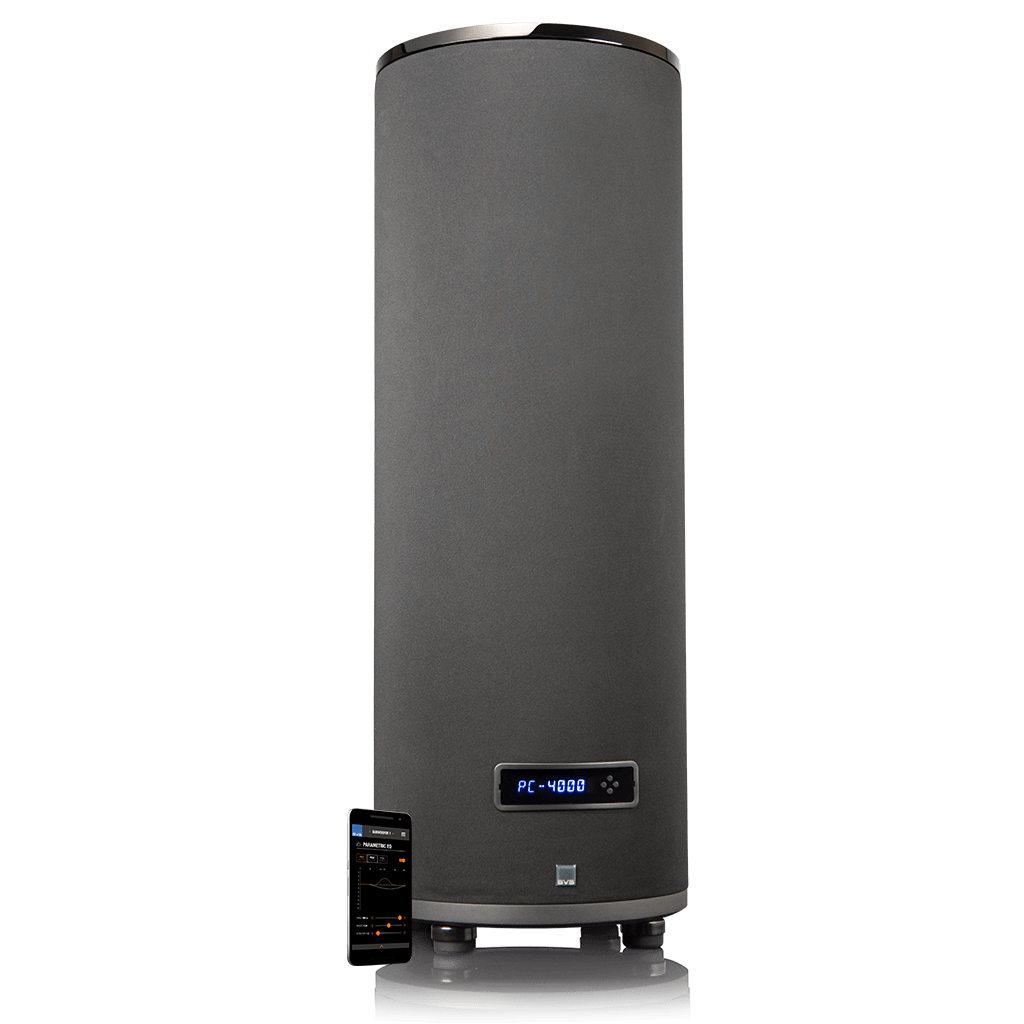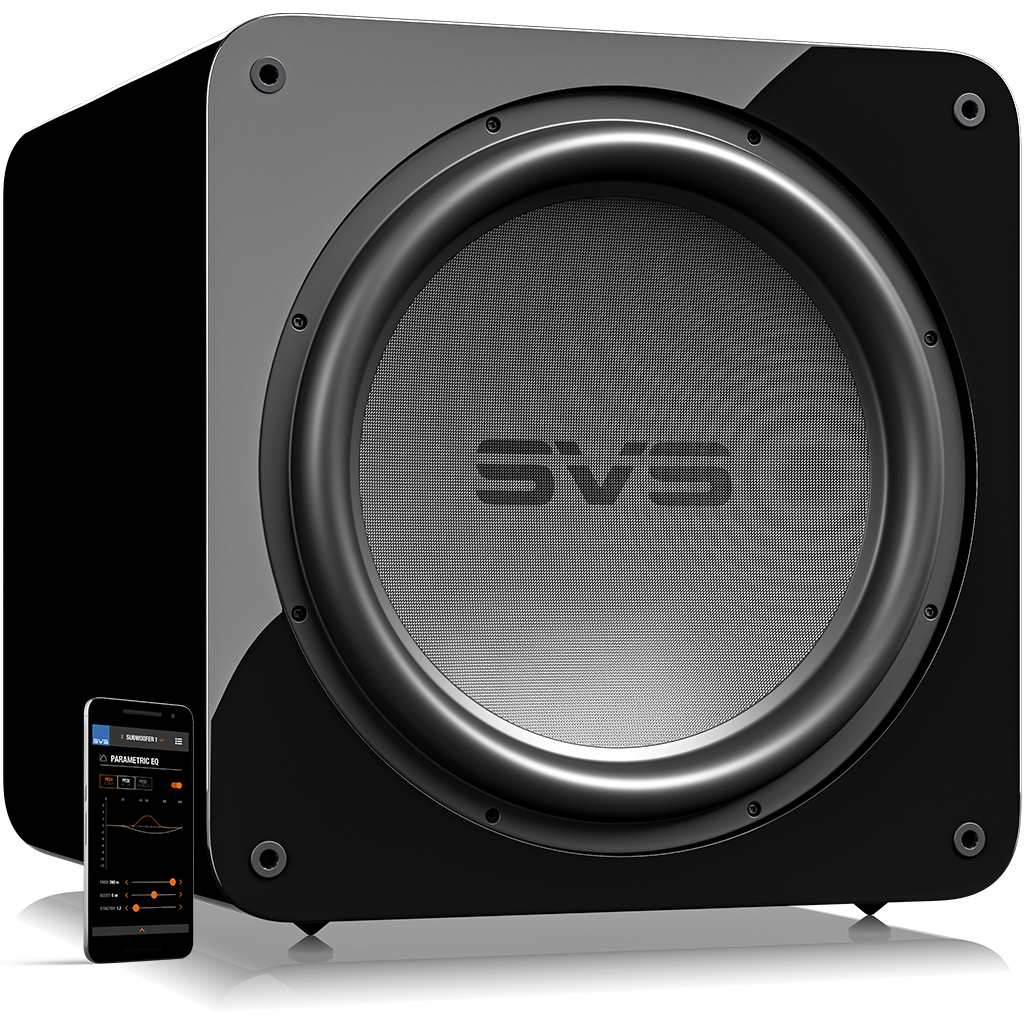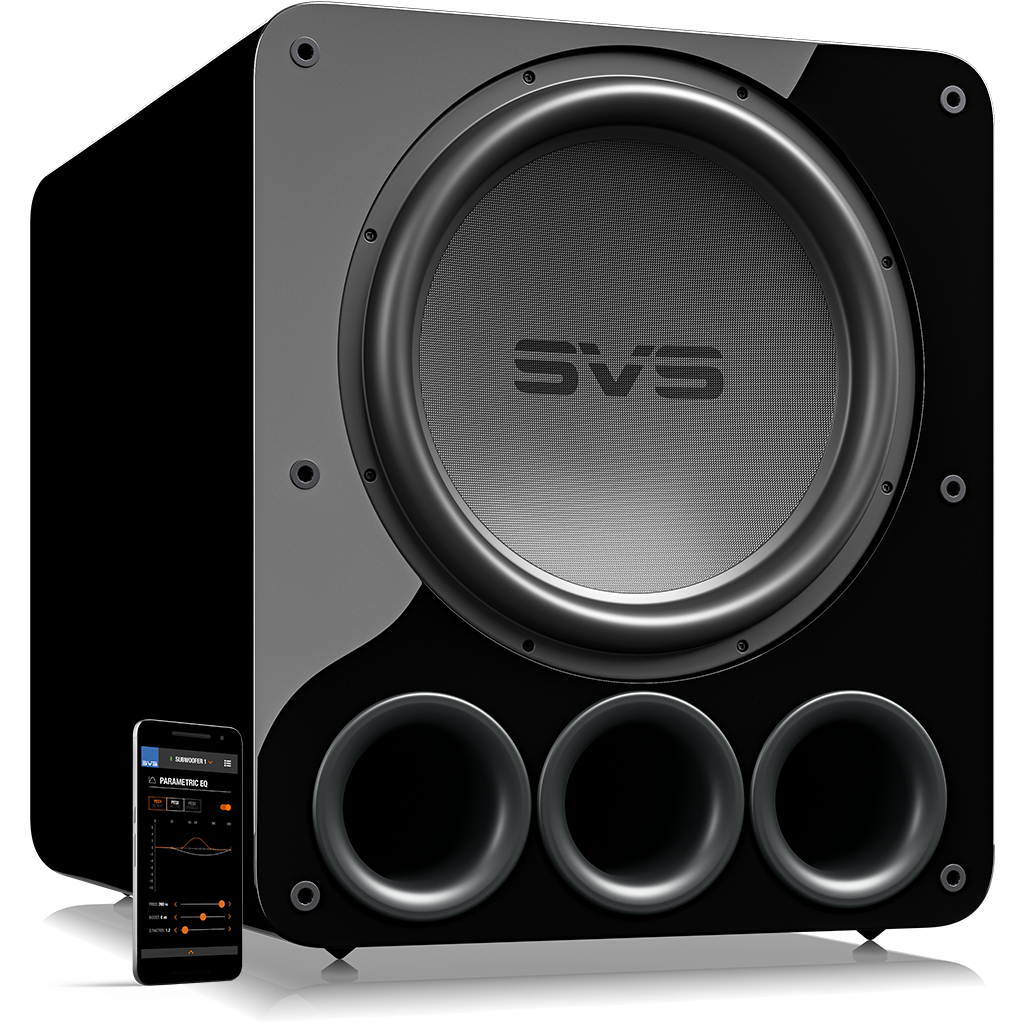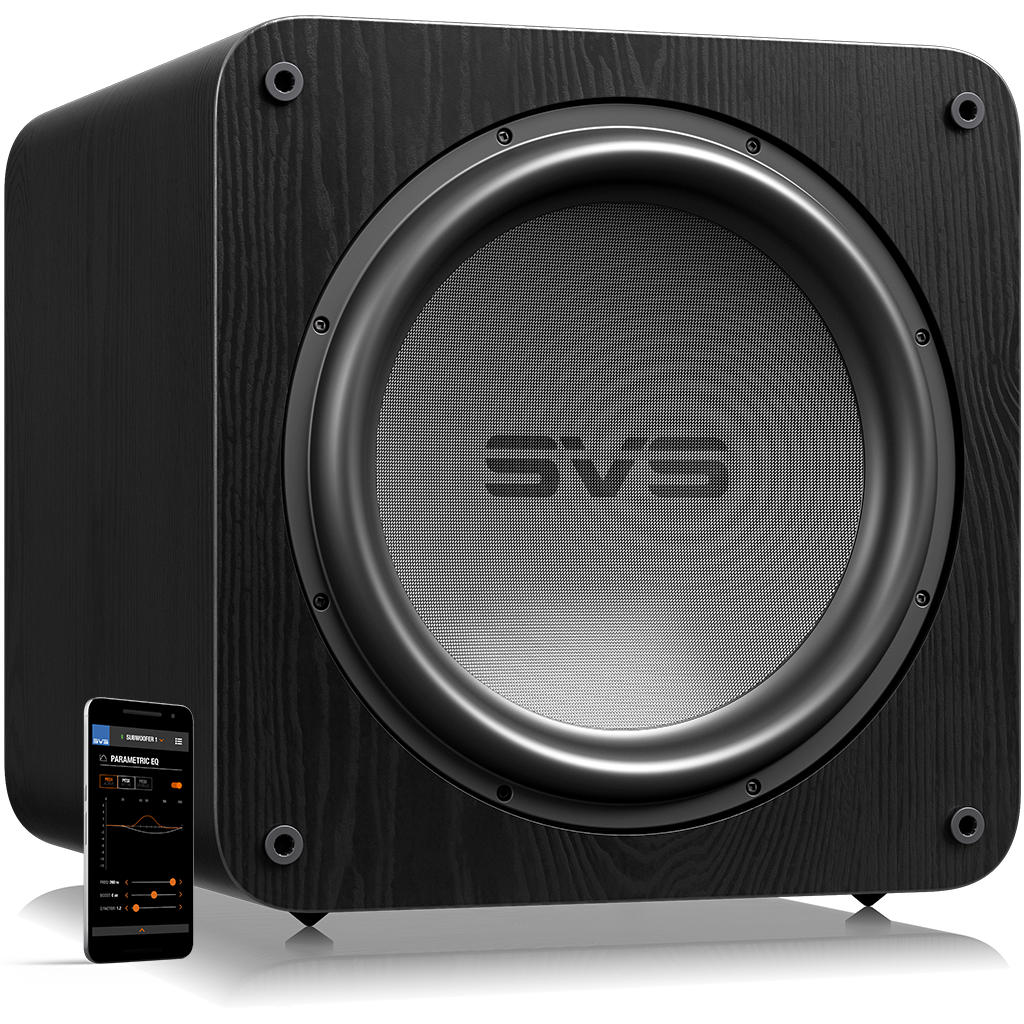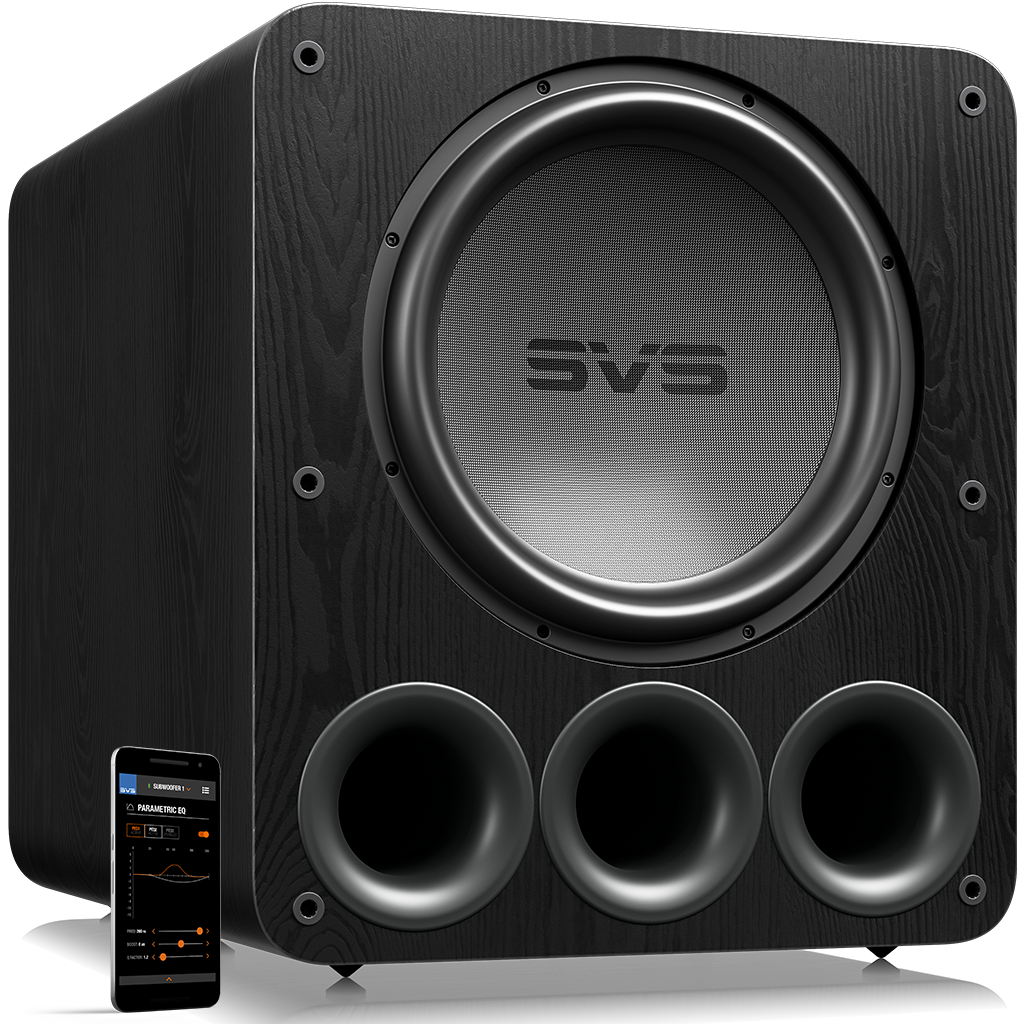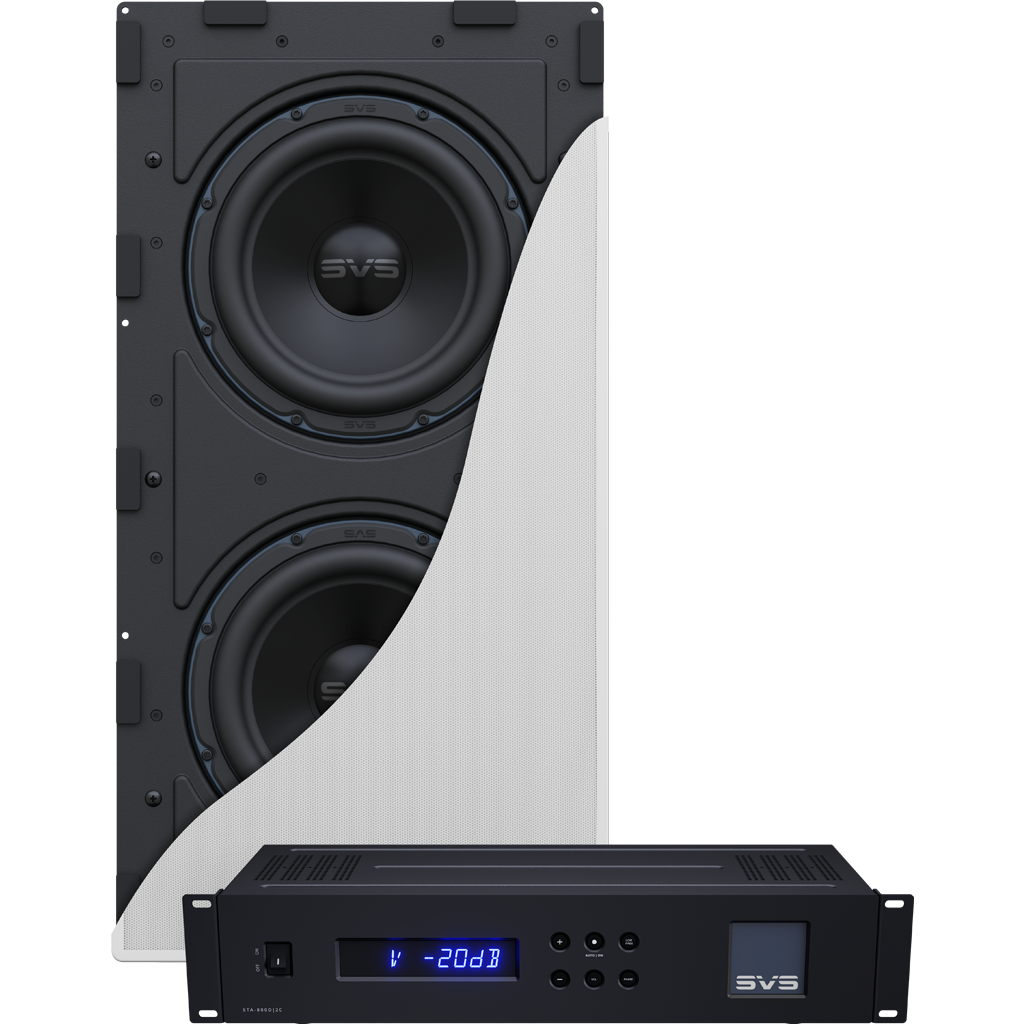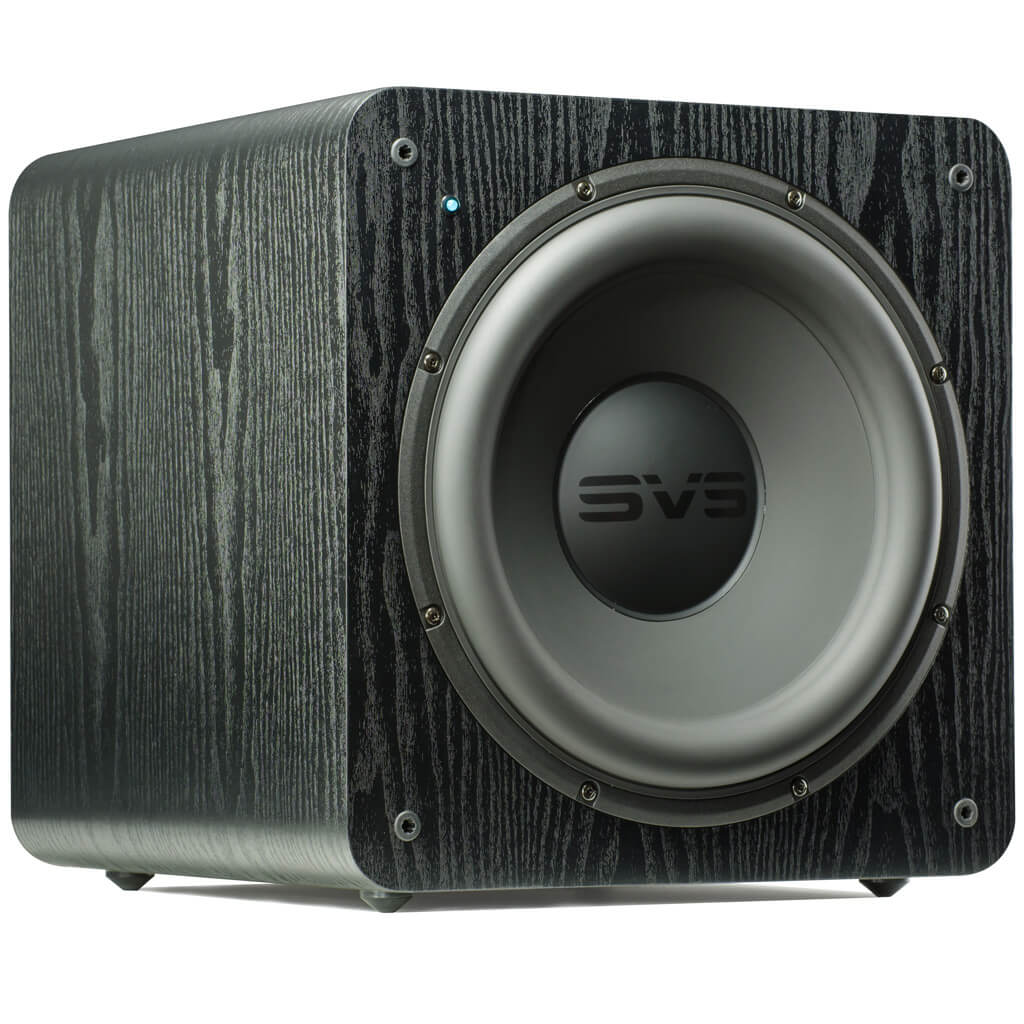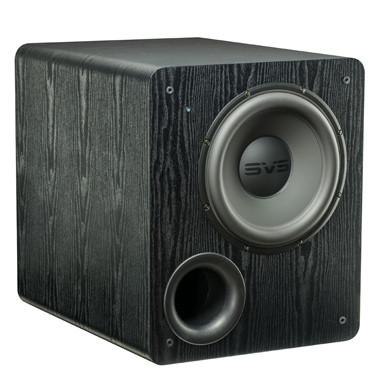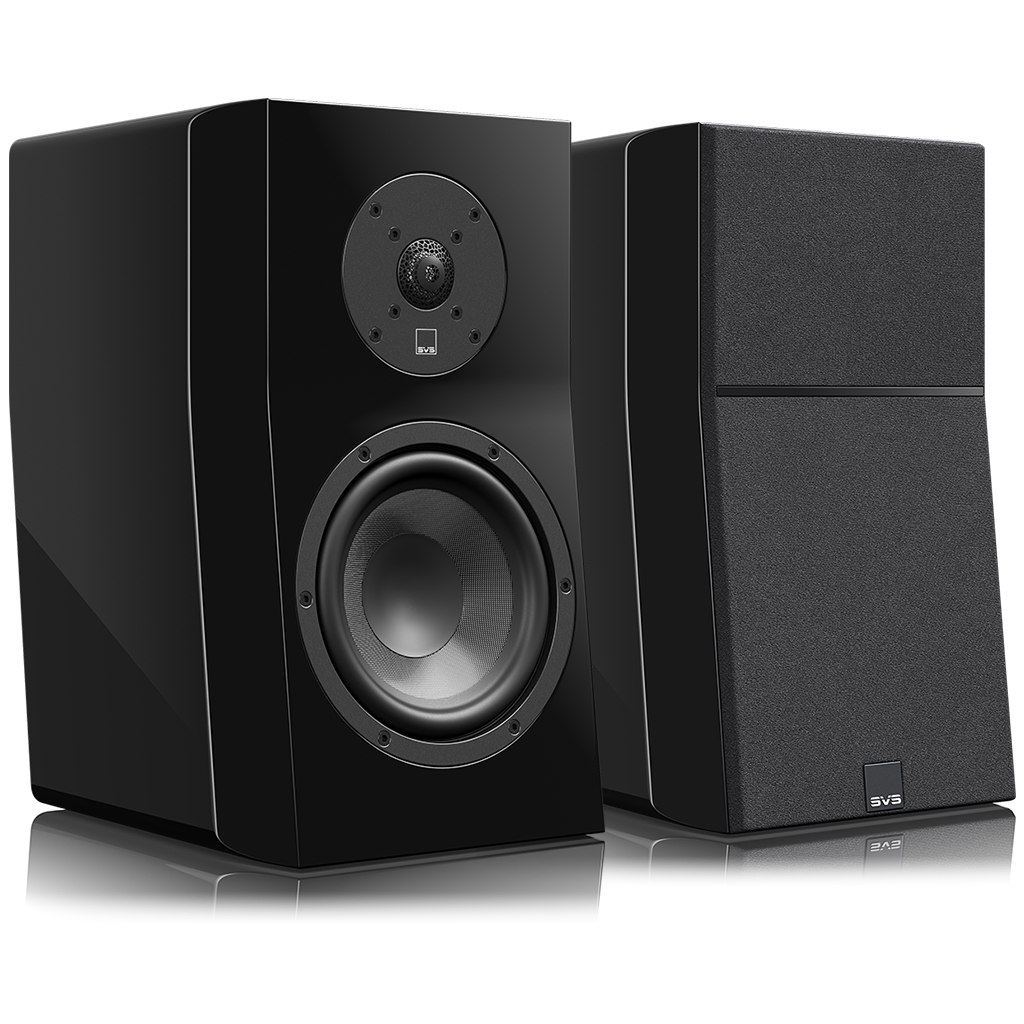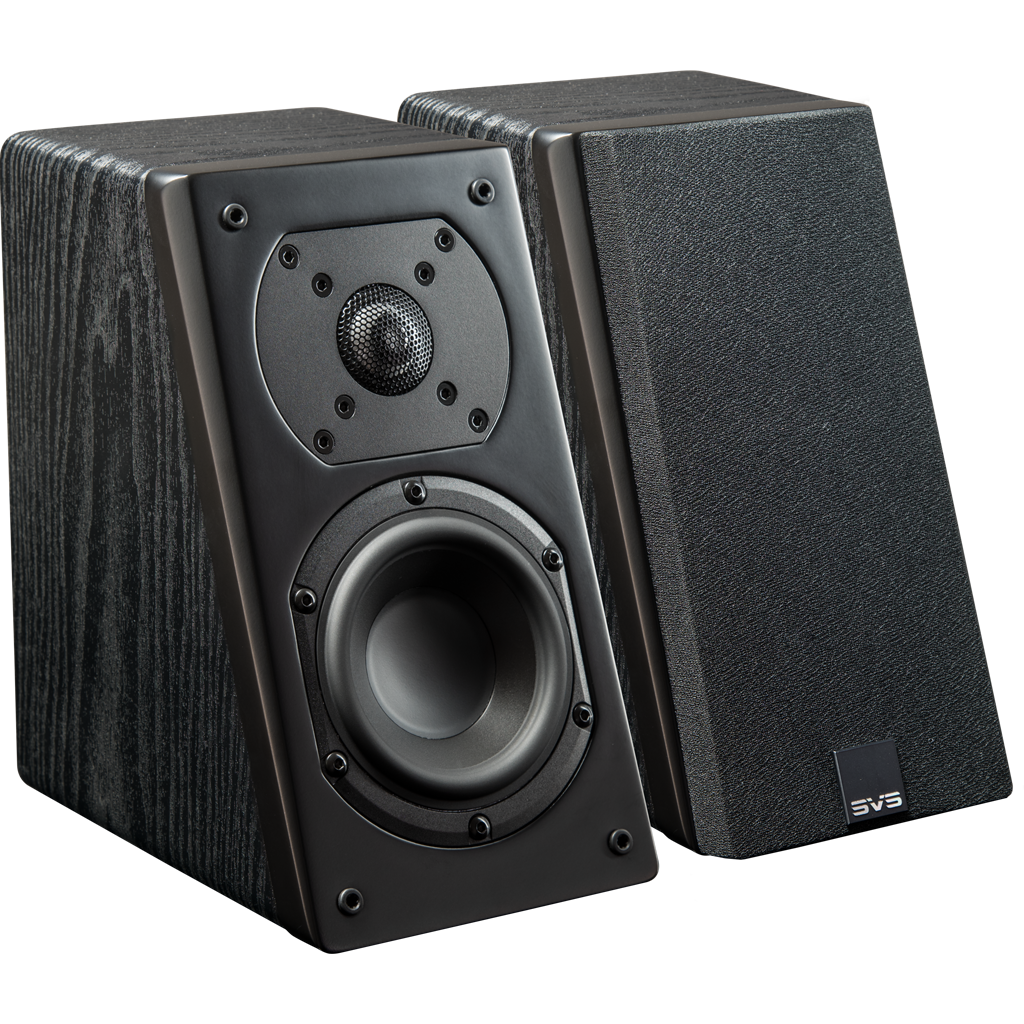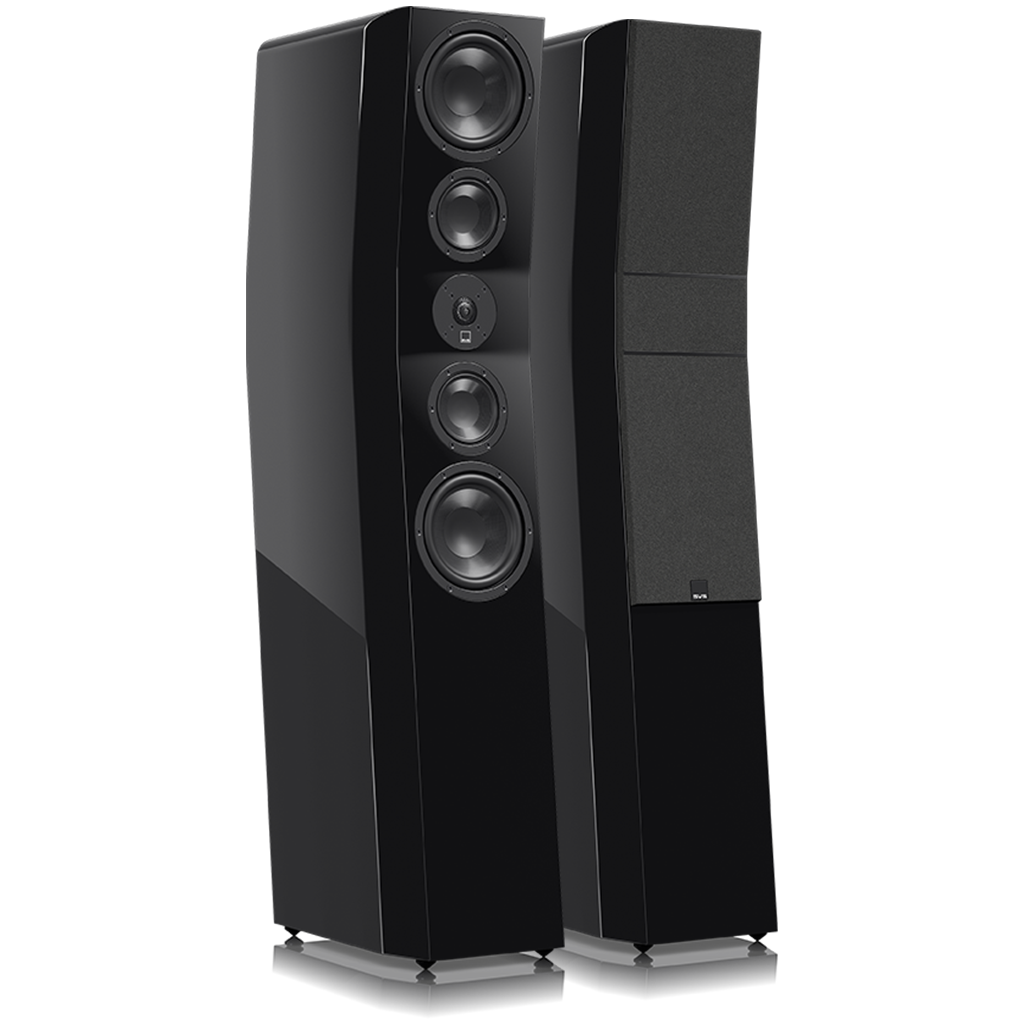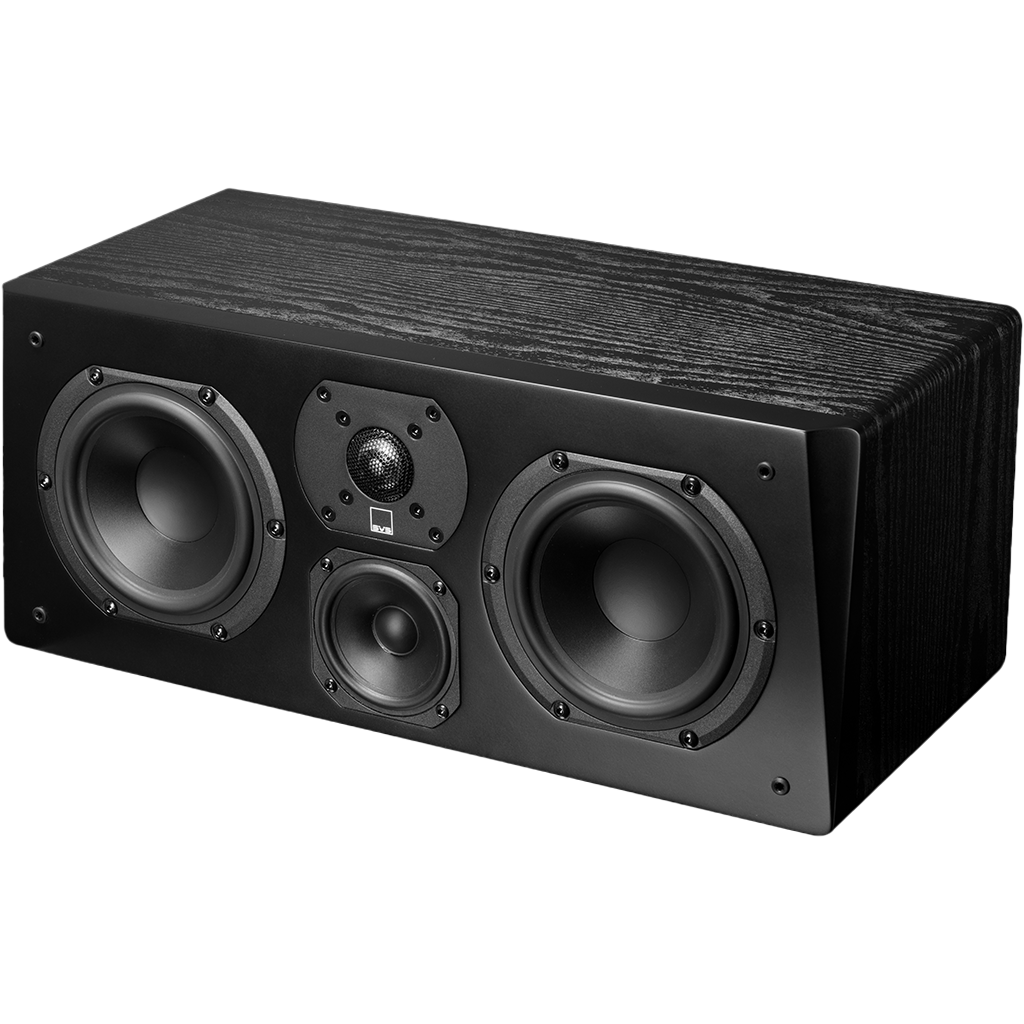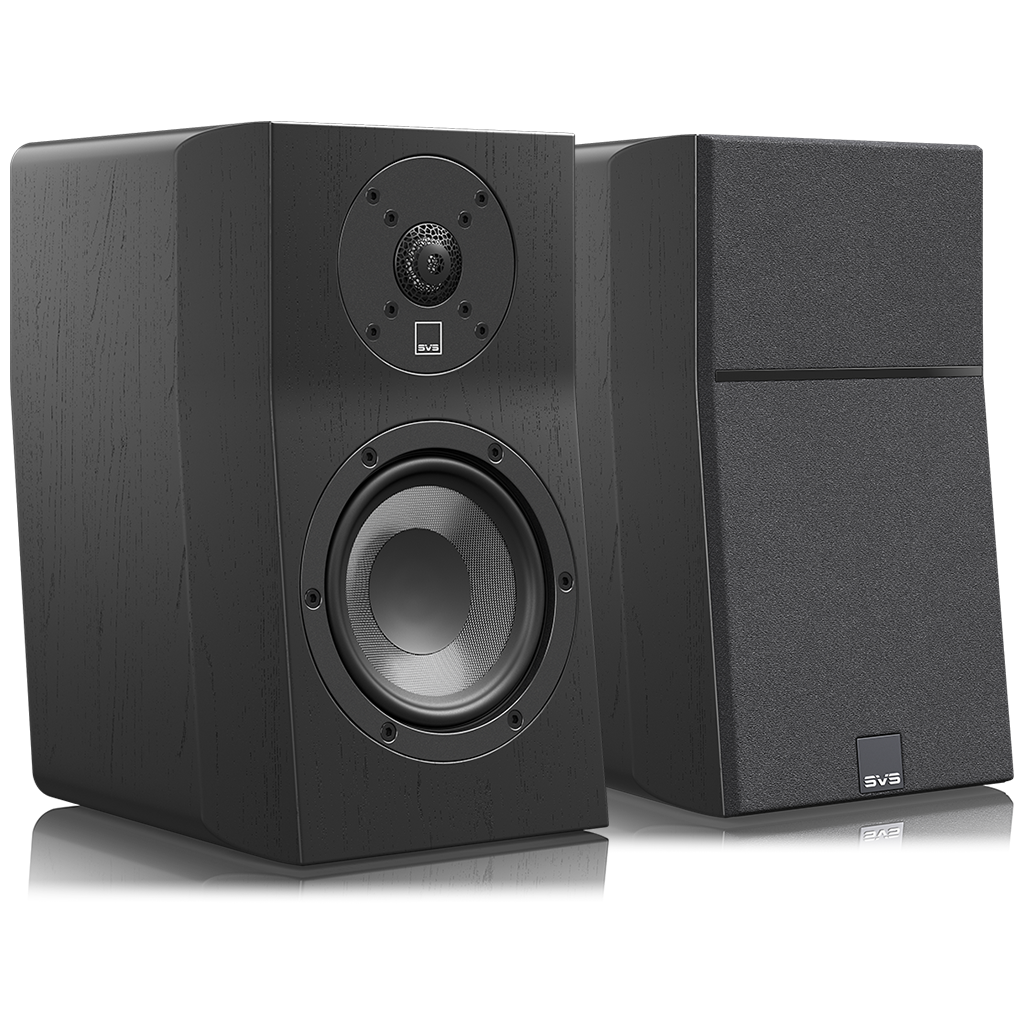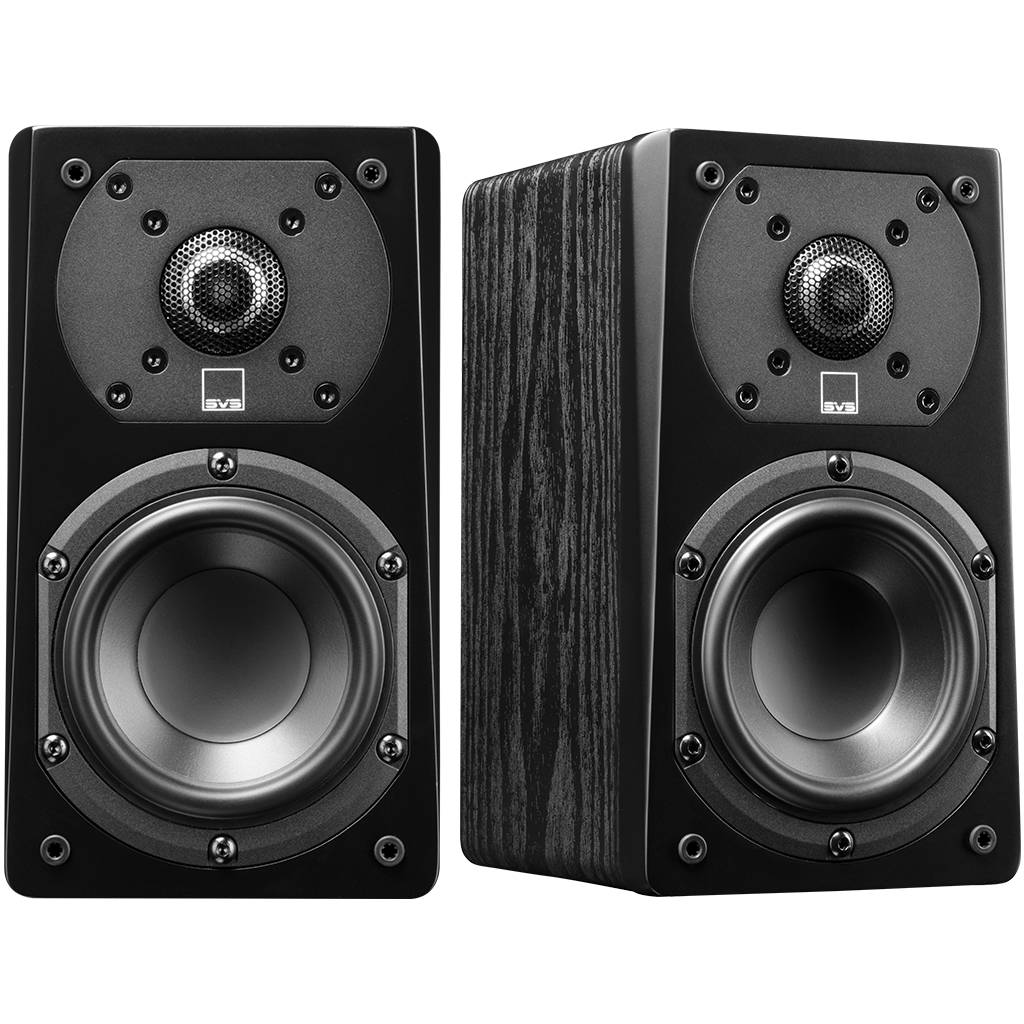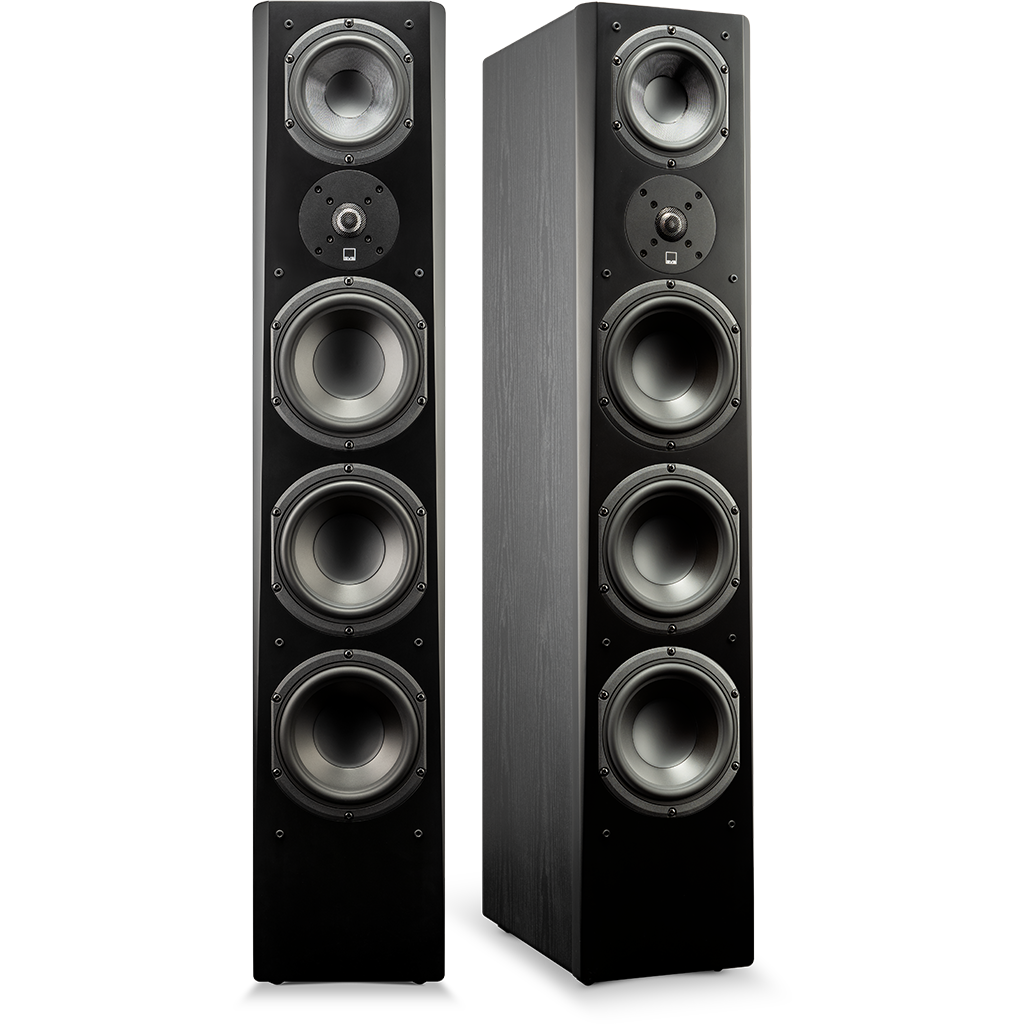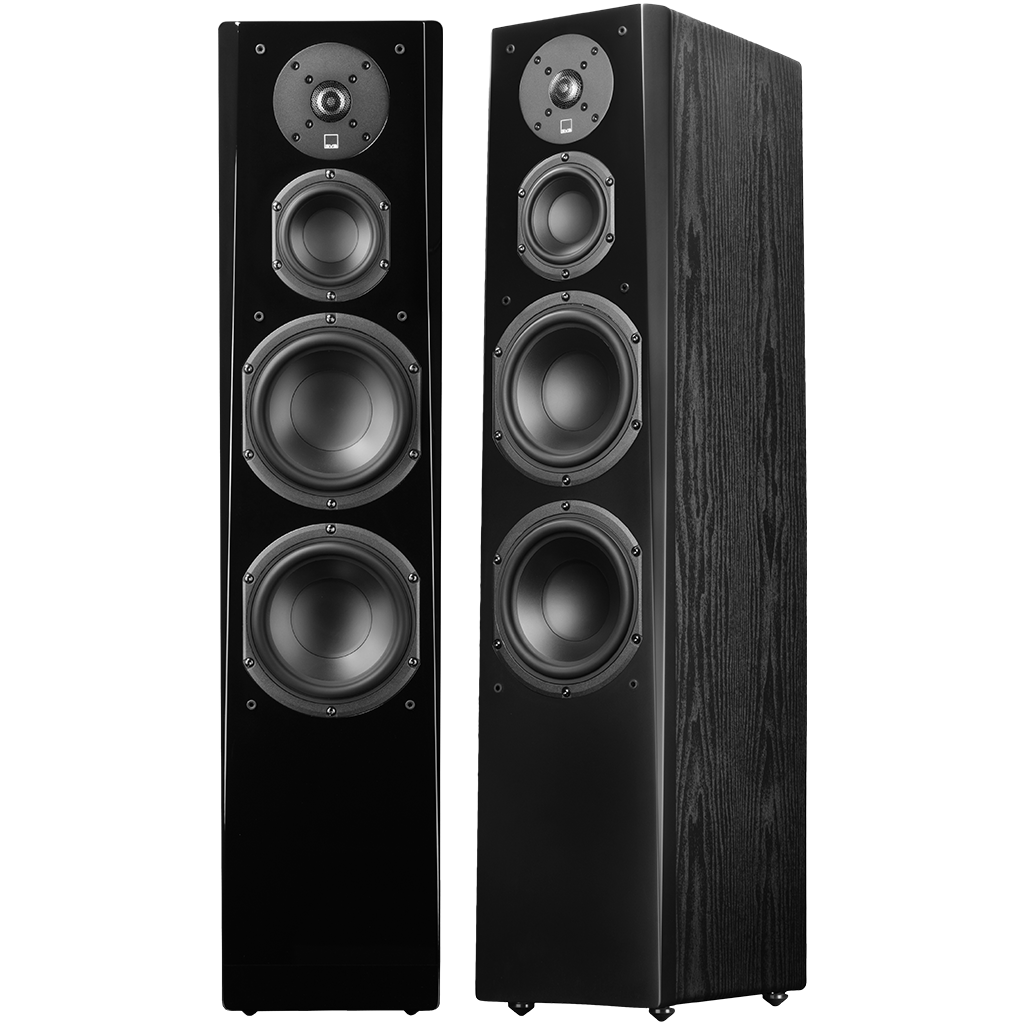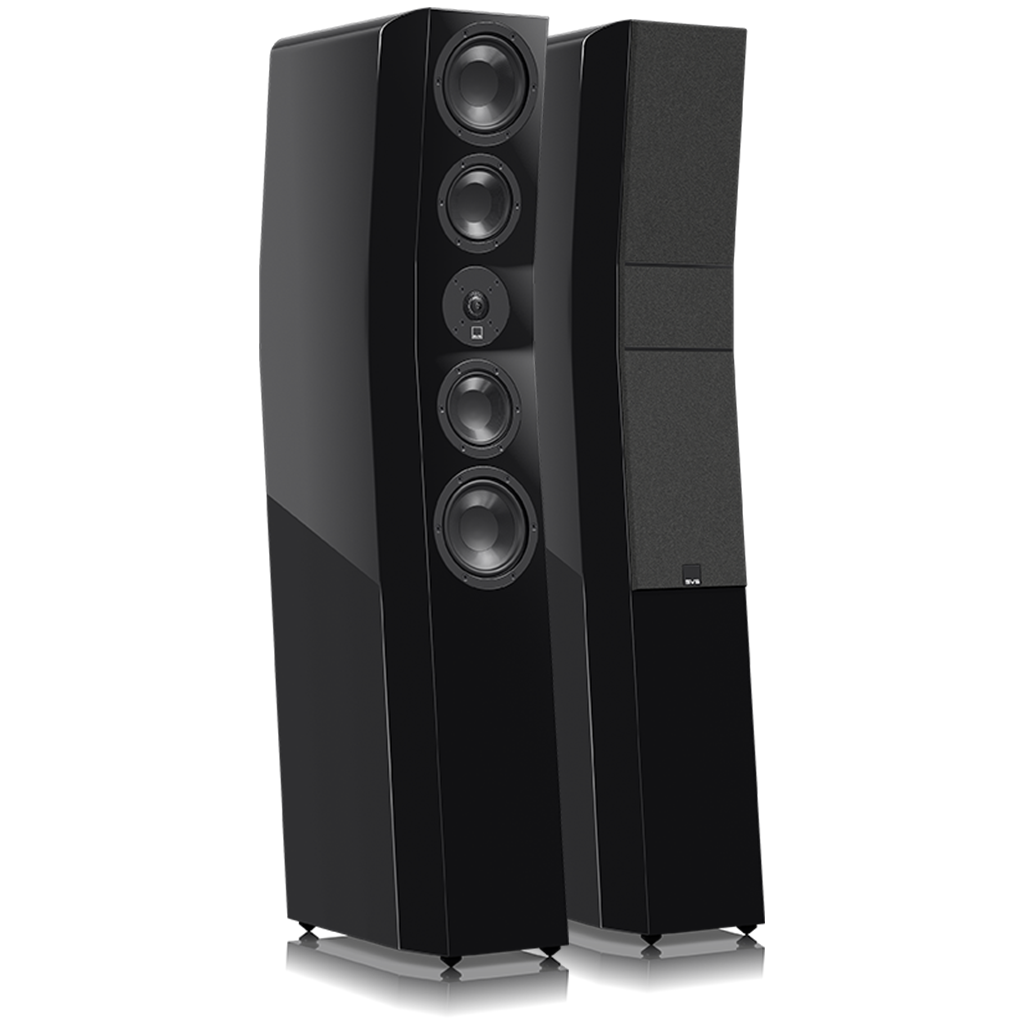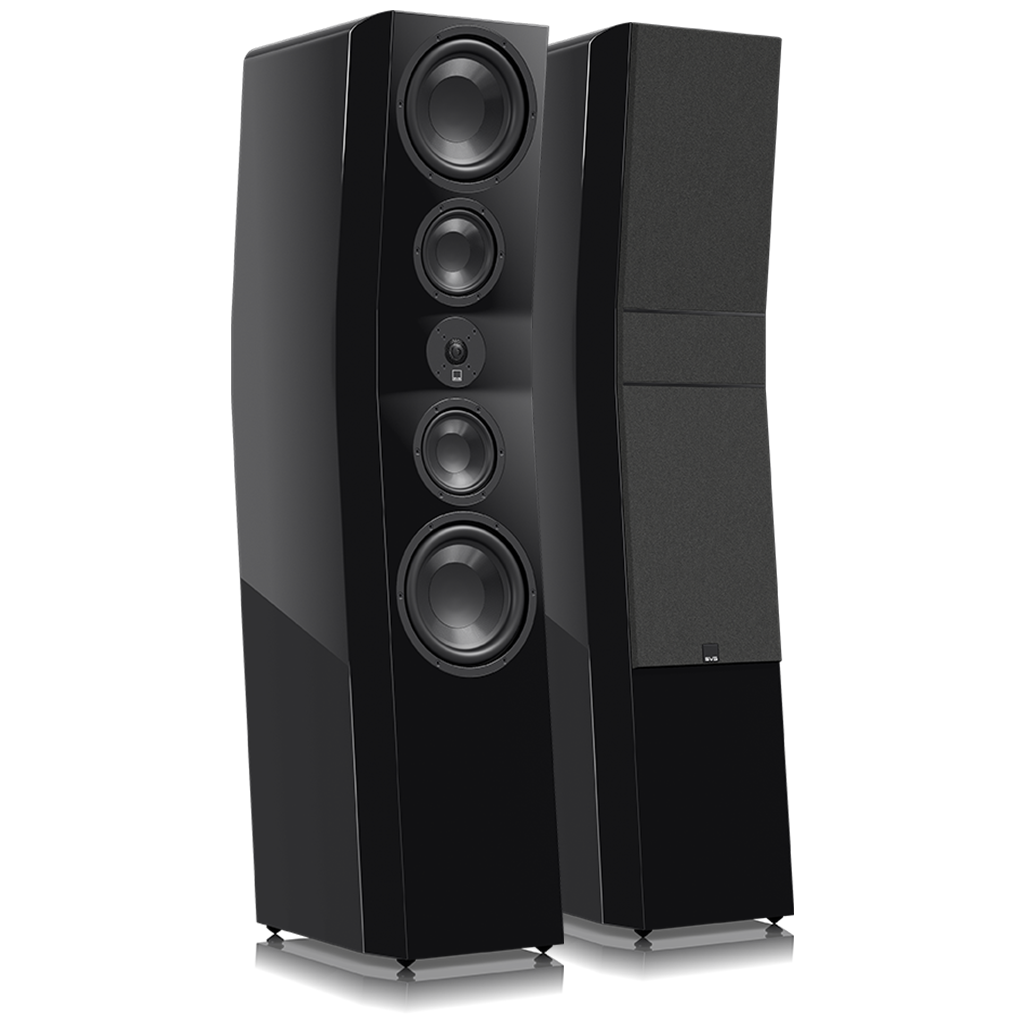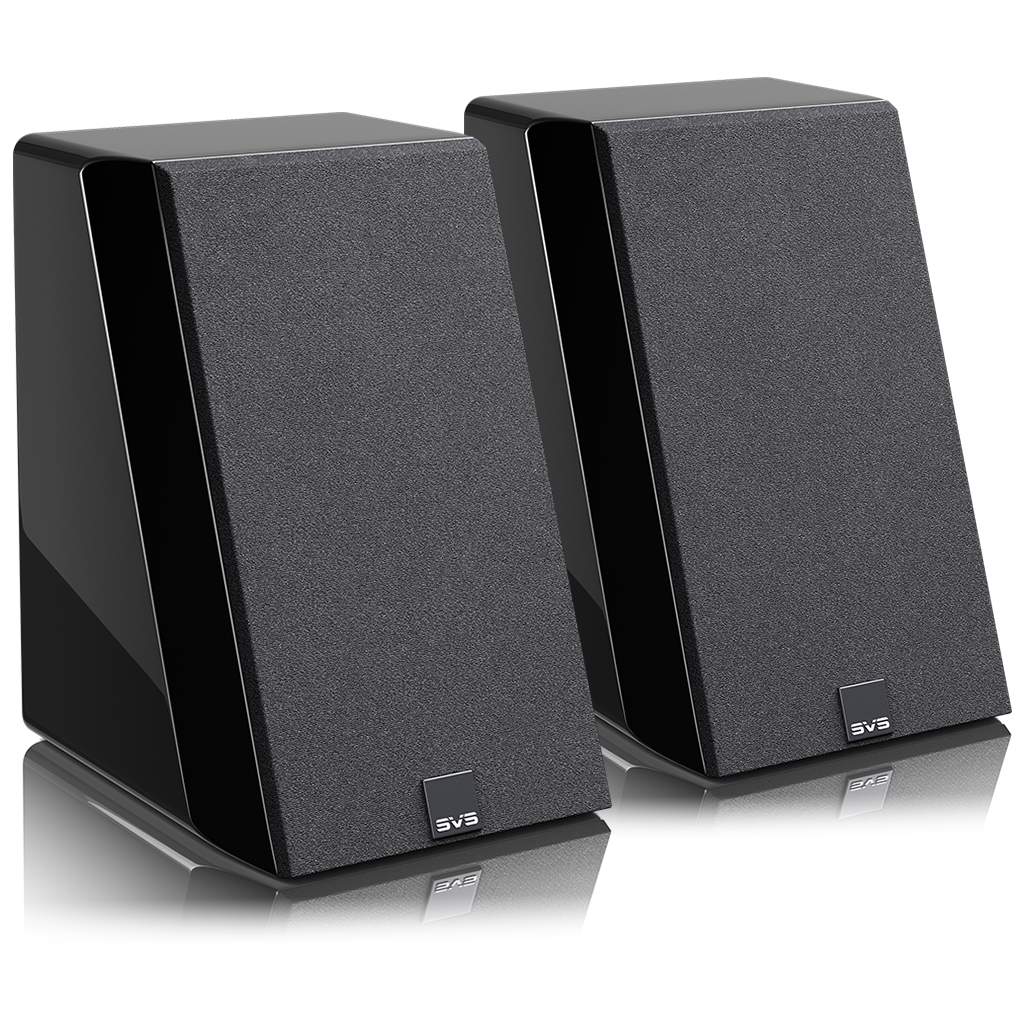How to Build the Ultimate Home Theater Experience
Even if you’re not an audio-video expert or connoisseur, your senses allow you to appreciate the difference between regular home movie, music, TV and gaming experiences and a truly immersive home theater experience. In a properly set-up home theater, your heart beats with the music and audio effects draw you deeper into the story in a way that can’t be ignored. You feel like you’re actually a part of the action, not observing it, and when you’re done, it usually takes a few seconds to click back into reality after being dialed in for a few hours. In a passive home movie-watching experience, your attention is half on the movie and half on other things, like who’s commented on your latest Facebook or Instagram post.
There’s just no comparison.
Whether your home theater is actually in a home or in an apartment, whether it’s a 20-seat private room with a 100-inch drop-down screen or a multi-use area connected to your kitchen, whether it’s a 5.1 surround system or an 11.1 surround system, the end goal is always the same: to create an environment where the sensory content is so realistic and rendered so accurately that your disbelief is suspended for a few hours and you fully accept what’s happening onscreen as temporary reality.
But how do you achieve that? How do you get that live, visceral, all-inclusive, immersive home theater experience?
Here’s a quick guide to building the ultimate home theater.
1. Make the Screen as Big as Possible
This one may seem obvious but people can be surprisingly unaware of how important screen size is. The bigger the screen, the less likely you are to be distracted by other things going on around you. Also, screen ‘size’ isn’t just about actual size. It’s also about resolution, distance to the screen, projector or TV location, and lighting. The right combination of these elements will significantly enhance your home theater experience.
Ideally, your screen should be big enough to fully occupy your field of vision. Industry guidelines for 1080p HDTVs suggest a viewing distance of 1.5-2.5 times the screen diagonal. This means that for a 70” HDTV, the optimal viewing distance is 8.5-14.5 feet. For 4,000-pixel resolution TVs, the recommended distance is 1-1.5 times the screen diagonal, which means that with high res. TVs you can go bigger and sit closer for an even more immersive experience.
If you’re going to be using a front projector, then you either need to have a room that can be fully darkened like a dedicated home theater room or you need to choose a projector model with sufficient brightness and contrast ratio to prevent image wash-out.
2. Make Sure the Sound System Covers the Entire Audible Bandwidth

Roughly three-fourths of a home theater’s power and emotional impact comes from sound. Indeed, a great home theater is as convincing sonically as it is visually, and perhaps the most important thing when it comes to home theater sound is ensuring that it covers the entire audible bandwidth, from the deepest bass to the highest treble. Accurate reproduction of all dialogue, every sound effect, and all music is essential to having an immersive, realistic experience.
To achieve this:
- Each speaker channel should have a as far as sound frequency and bandwidth and be positioned in a manner that allows it to perform as convincingly as possible (See: The Art of Speaker Placement).
- The speakers should blend seamlessly and convey a continuous field of sonic vision. You should be able to pinpoint where sounds are coming from, and every sound should correspond exactly with the onscreen action.
- Each speaker should be sonically matched with similar voicing and timbre so that, as the sound pans across multiple channels, its essence will not change and the entire sound experience will feel as if it’s coming from the same source (what’s known as the “precedence effect”).

3. Don’t Overlook the Center Channel
The center channel speaker is probably the most undervalued and overlooked audio channel in a home theater set-up. The center channel’s main function is to handle the immensely important task of dialogue playback. Thus, it has the incredibly difficult job of making the viewer believe that the words are actually coming right from the actors’ lips. Failure to achieve this means a much less realistic home theater experience.
The center speaker also serves as the sonic bridge between front main speakers, ensuring seamless sonic panning and continuity of sound across the entire front stage. So don’t skimp when it comes to your center speaker. Also, make sure it’s positioned properly and placed directly on axis, relative to the primary seating position.
4. Choose Your "Anchor" Very Carefully

Subwoofers are like the rhythm section of the band – they anchor the entire soundscape with a lush, thumping backdrop, while also creating intense low frequency effects that can set the mood or scare you out of your seat. Subwoofers are the sonic anchors of any good home theater system and as such you need to choose your subwoofers very carefully.
Subwoofers need to realistically produce the full dynamic impact of the demanding low-frequency effects in action, thriller and sci-fi movies, but they also need to be nuanced and serve as the foundation of the entire soundstage to accurately reproduce the music score and subtle deep background effects used to create mood and tension. Subwoofers also have the task of taking the bass burden off the home theater speaker channels, but particularly the center and surround speaker channels, freeing them up to focus on what they do best: reproducing mid- and high-range frequencies.
So when you choose your subwoofer, choose carefully, always listen to it in the context of your greater sound system, and remember that a bigger subwoofer isn’t necessarily better. You also need to consider crossover frequency.
People invest in amazing home theaters for many reasons: to escape the stresses of everyday life, to bring family and friends together through entertainment, to be completely immersed in an amazing story, and the list goes on. It’s easy to discount the importance of dynamic, high fidelity audio, until you’ve experienced the difference it makes to movies, music, TV and gaming. The difference between soundbars or TV speakers and a full range surround sound system with a subwoofer is stark. The first is a passive experience, the second is a portal to a distant stage or far away world that becomes reality from your favorite set in the house.
SVS makes a variety of home theater subwoofers to fit every room, audio system and budget. Browse all SVS subwoofers and use the compare tool to look at features and specifications side-by-side as you choose the best subwoofer for your system. Have questions? Our Sound Experts are available 7 days-a-week to help you choose the best subwoofers based on your set-up and listening preferences.



